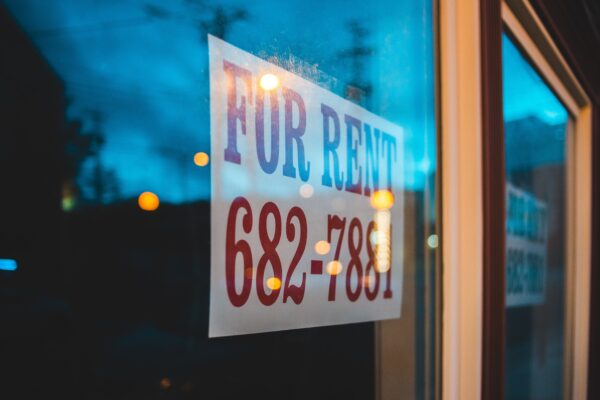Does reducing stigma increase the take-up of rental assistance?

Project Summary
Poverty in the United States is highly stigmatized. Counterproductively, the very programs that aim to lift people out of poverty are stigmatized over and above poverty itself, which may deter people from participating in government programs for which they are eligible. In a randomized experiment, we found that providing information about rental assistance – a critical anti-poverty program – increased program application requests by 52% compared to a group that did not receive any communication. Moreover, subtle framing changes aimed at de-stigmatizing the program increased application requests by an additional 18% – though not quite significantly – compared to providing information alone. These findings suggest that there are large informational barriers to accessing rental assistance, and that stigma may pose a barrier over and above information alone.
Why is this issue important?
Housing insecurity is at the root of many social problems including poverty, homelessness, and disparities in health and education outcomes. In 2020, the COVID-19 pandemic exacerbated the housing crisis across the U.S., putting tens of millions of people at risk of homelessness and disproportionately impacting racial minorities and low-income households. In response, policymakers invested heavily in emergency rental assistance programs. Yet, many cities and counties struggled to spend their rental assistance funds, partly because people face many informational, logistical, and psychological barriers to participating in government programs. Reducing these barriers is essential for ensuring that critical government services reach all who are eligible.
What are we doing?
In partnership with the Denver County Department of Housing Stability and Office of Social Equity and Inclusion, we sent approximately 50,000 renters in Denver one of two postcards advertising the county’s temporary rental assistance program. About half of the renters received a postcard that offered information about the rental assistance program and how to apply, using status quo language. The other half of the renters received a postcard that offered the same information, but that used de-stigmatizing language. A third group did not receive any communication. We then evaluated application rates for rental assistance in the two months following the mailing.
What have we learned?
Renters that received an informational postcard were 52% more likely to request an application for rental assistance and 24% more likely to submit an application than renters that did not receive a postcard. The de-stigmatizing postcard increased application requests by an additional 18% and application submissions by an additional 11% compared to the information-only postcard, although these differences were not significant. We also find some evidence that the de-stigmatizing postcard was more effective at motivating applications from Black/African-American renters.
What comes next?
These findings can help inform government outreach efforts around housing assistance, as well as other anti-poverty programs. We are also exploring the role of stigma as a barrier to participation in other government programs, and methods of reducing stigma both among prospective beneficiaries as well as those who are responsible for delivering government services.